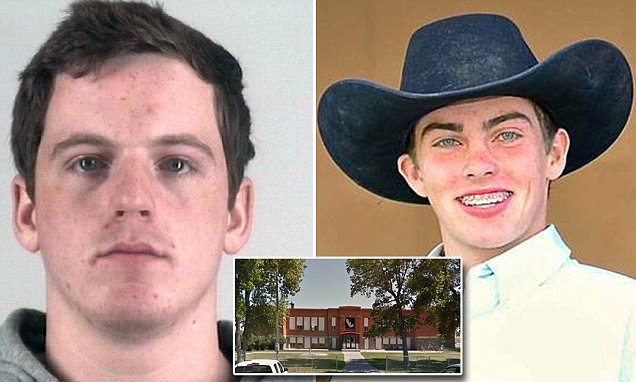- 5,617
- 3,335
- Joined
- Feb 3, 2015
In HIS opinion yes. For me, I can't speak on Chicago. I don't know. But I'd take an ogs perspective from the city, somewhat into account. Just to be clear, let me add this, "what homeboy said in the BBC doc is sad but MIGHT be true.""What homeboy said in that BBC doc is sad but true. Essentially it might be better that all these people are dying."
So more death of the people involved in criminal/gang activities is a viable solution to the problem?









